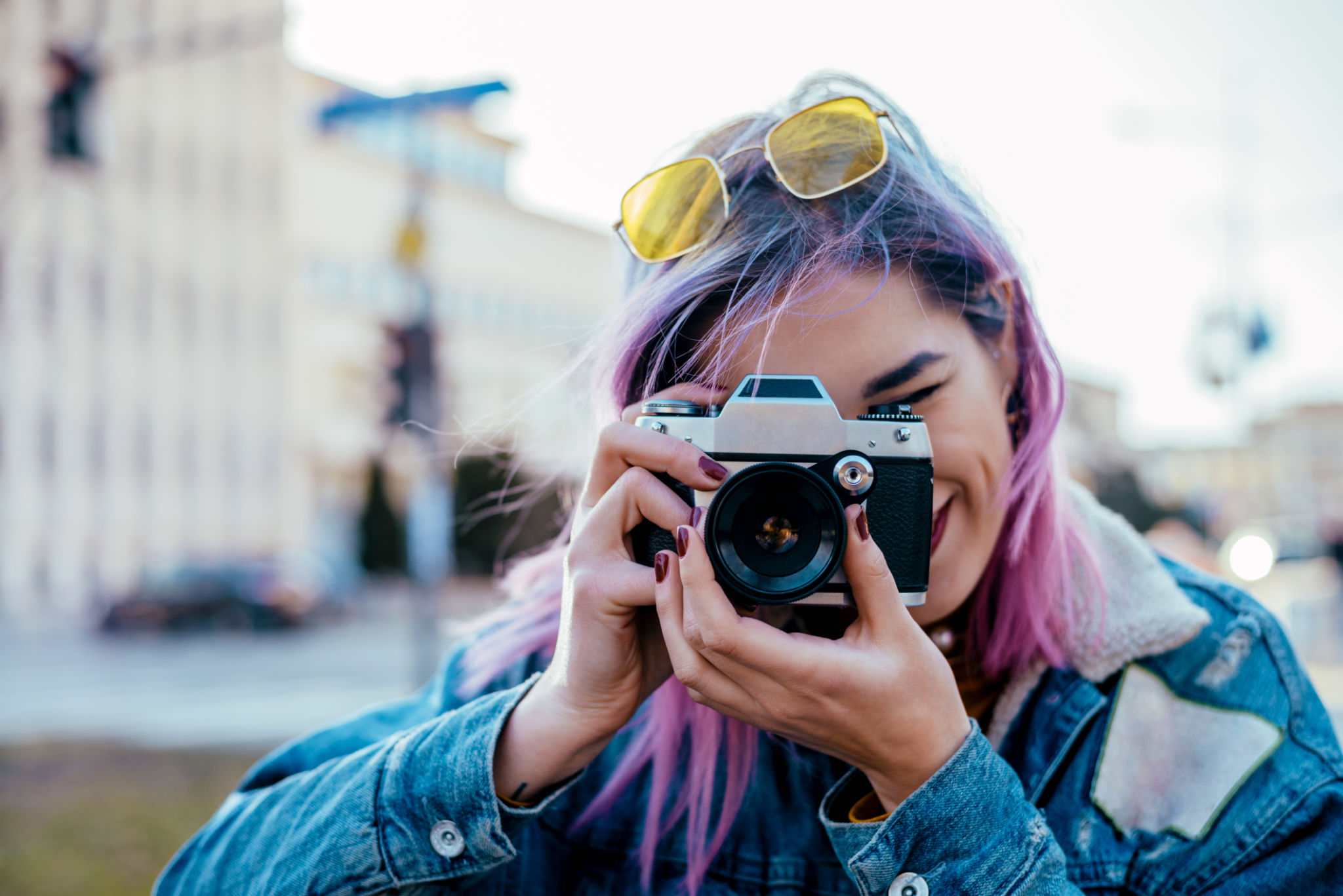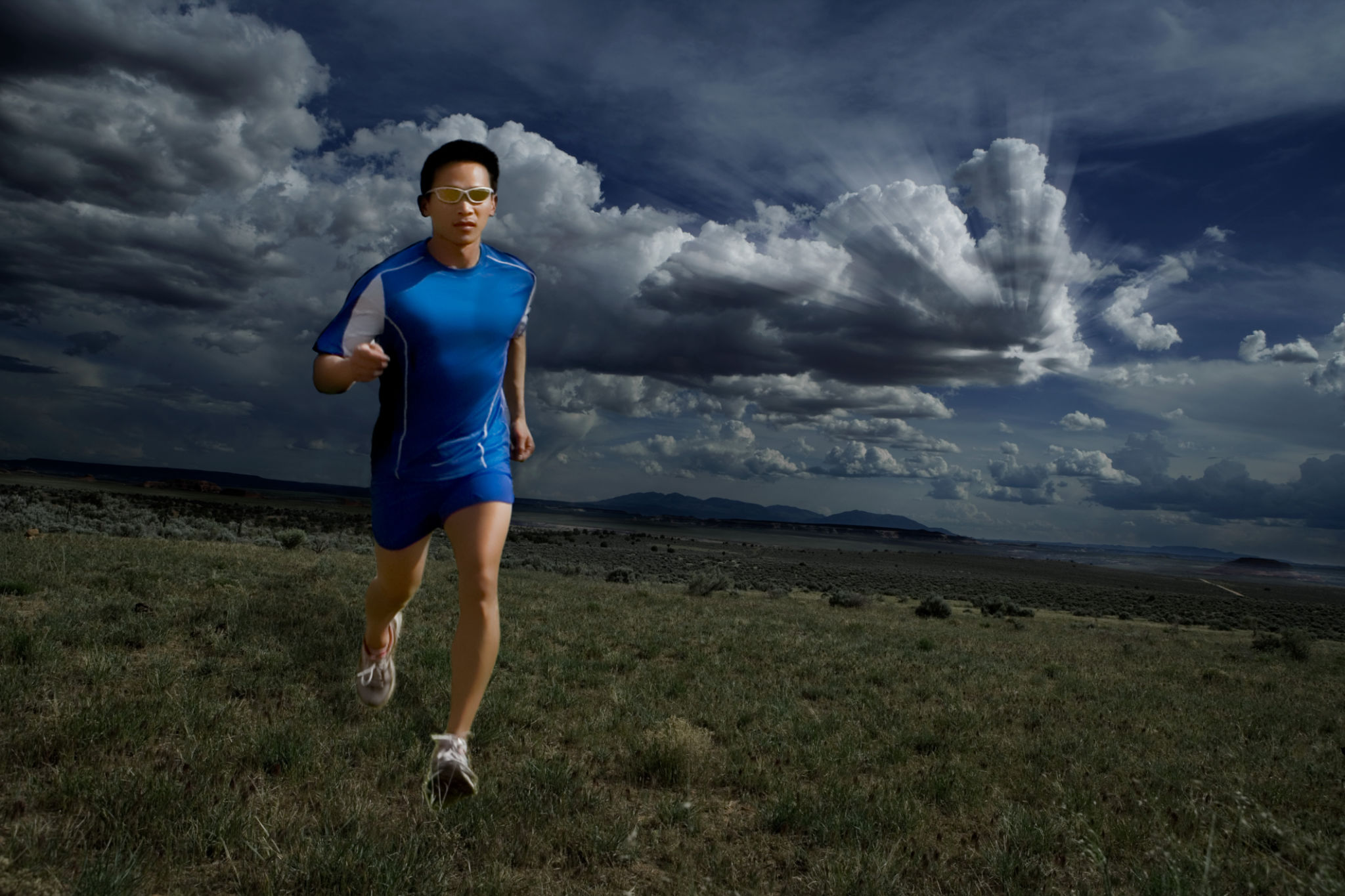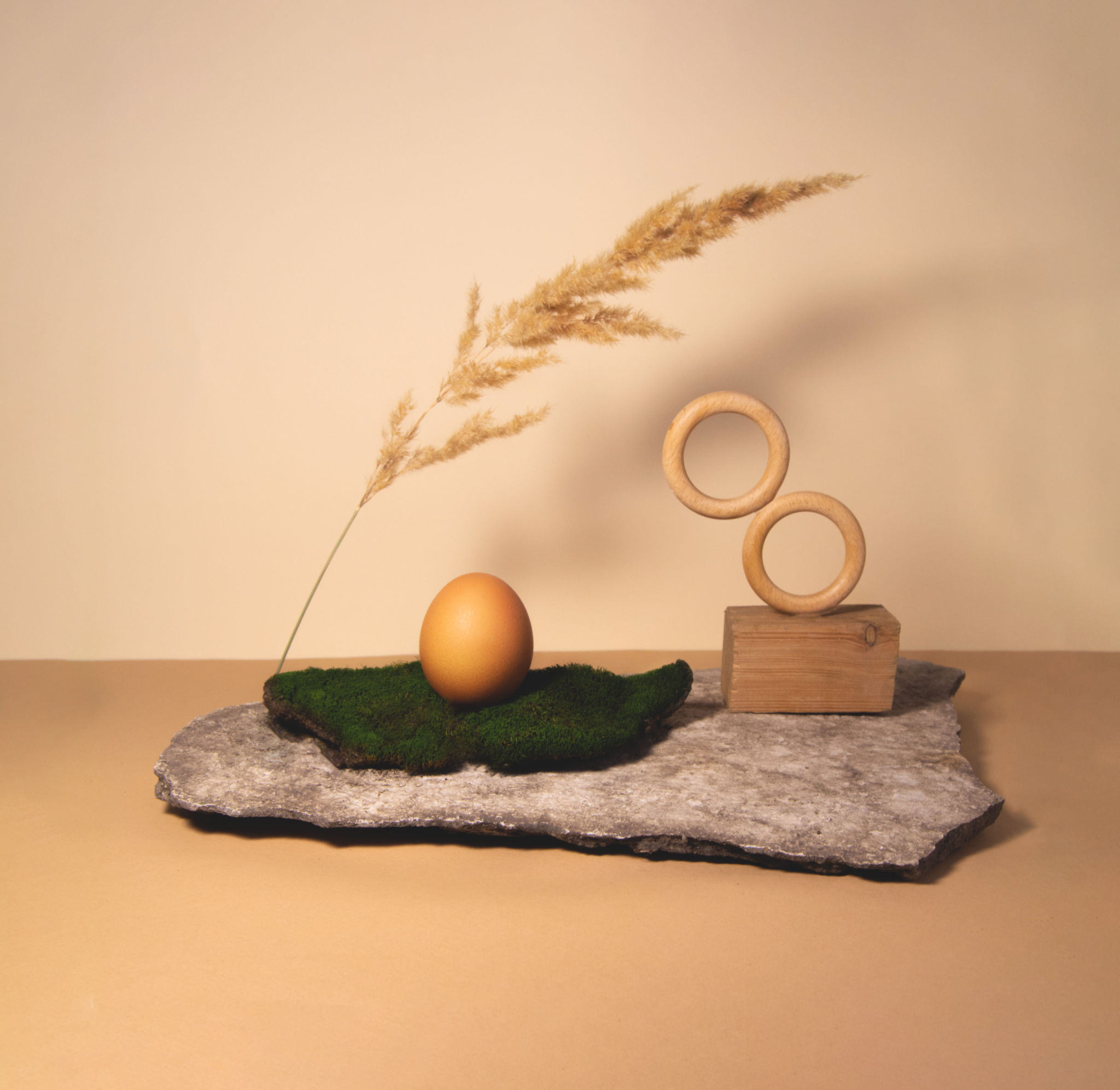Expert Tips for Capturing Compelling Documentary Style Photography
Understanding Documentary Style Photography
Documentary style photography is a powerful medium that captures the essence of real-life events, people, and places. Unlike other styles, it focuses on authenticity and storytelling. This approach allows photographers to convey a narrative that resonates deeply with viewers, often evoking strong emotions and insights.
To master this art, one must immerse themselves in the environment they wish to document. Rather than staged or posed images, documentary photography thrives on spontaneity and the genuine portrayal of its subjects.

Mastering the Art of Observation
An essential skill for any documentary photographer is the ability to observe without intruding. This means being present without disrupting the natural flow of events. A keen eye for detail can make the difference between an ordinary image and one that tells a compelling story.
Practice patience and learn to anticipate moments before they unfold. This requires understanding the rhythm of your environment and the people within it. The more you observe, the better you become at predicting those fleeting moments that define documentary photography.
Using Light to Your Advantage
Lighting is a critical element in any form of photography, but in documentary style, it can make or break an image. Natural light is often preferred for its ability to create authentic and raw images. Pay attention to how light interacts with your subject and surroundings, and use it to enhance the story you are trying to tell.

Building a Connection with Your Subject
The most compelling documentary photographs are born from a genuine connection between the photographer and their subject. Take the time to understand your subjects' stories, backgrounds, and emotions. This rapport allows for more intimate access and captures the true essence of the moment.
Communicate openly with your subjects and show respect for their experiences. This trust can lead to more candid shots that reveal deeper layers of their personalities and stories.
Composition and Framing Techniques
While documentary photography is less about technical perfection, thoughtful composition can still elevate your images. Consider using techniques such as the rule of thirds, leading lines, and framing to draw attention to key elements in your photograph.
Remember that each image should contribute to the overall narrative you are crafting. Be intentional with your composition to ensure that your photographs are not only visually striking but also meaningful.

Editing with Purpose
Post-processing in documentary photography should enhance the storytelling aspect without altering reality. Editing should be used to highlight the emotions and atmosphere of the captured moment while maintaining its authenticity.
Focus on adjustments that bring out the best in your images, such as contrast, exposure, and color balance. Avoid drastic alterations that could detract from the integrity of the scene you have documented.
Continuously Evolving Your Style
The journey of a documentary photographer is one of continuous learning and evolution. Engage with the work of other photographers, both past and present, to draw inspiration and refine your own approach. Attend workshops, participate in critiques, and seek feedback from peers to grow your skills.
Remember that every project is an opportunity to evolve your style and deepen your understanding of the human experience through your lens. Embrace these opportunities with an open mind and a curious spirit.
